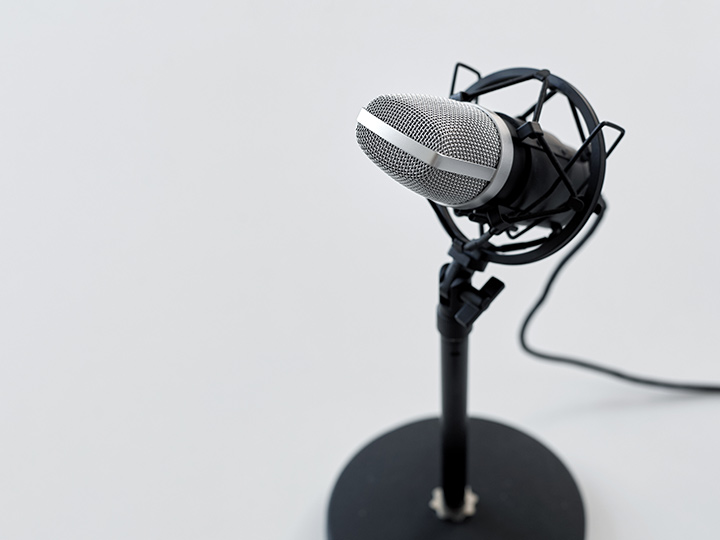Before purchasing a product,
First, the category of the product should have a
Only the basic concept can choose the model that suits your needs. The categories of wireless microphones, according to different definitions, can be divided into many different types.
differentiated by rate
a. FM wireless microphone: commonly known as FM refers to the FM 88-108MHz international FM radio frequency band. Early consumer wireless microphones use FM radio to receive, the system is simple, and the cost is low, but due to the effect of use, it cannot meet the quality requirements, and can only be a toy for children or students in the 21st century.
b. VHF wireless microphone: It is divided into two types: low frequency and high frequency. The former uses the VHF50MHz frequency band. Due to the low frequency, the length of the antenna used is too long, and it is easily interfered by various electrical clutter. Therefore, this type of product , has been replaced by high frequency bands in the 21st century and gradually disappeared from the market. The latter uses the VHF200MHz frequency band. Due to the higher frequency and shorter antenna, it can even be designed as a hidden antenna, which is convenient, safe and beautiful, and the clutter interference of the receiver is greatly reduced. Inexpensive, so it has become a popular model on the market today.
c. UHF wireless microphone: use a wireless microphone with a frequency of 300-3000M. It is the mainstream of microphone applications in the 21st century. Because the interference of the V-segment walkie-talkie is avoided, the stability is greatly improved.
distinguish
a. True diversity receiving wireless system: Due to the physical phenomenon of "dead-point" in radio waves, the sound output of the receiver will be intermittent or unstable. In order to To solve this defect, the model adopts the "AutomatIC switching diversity receiving" method of dual antennas and dual tuners to improve.
b. Non-diversity receiving wireless system: Because the circuit design of the above models is complex and fine, the assembly is difficult and the cost is high. Generally, the low-cost models do not adopt the design of automatic selection. , so it cannot eliminate the shortcoming of the sound interruption of the wireless microphone in use. Of course, this type of machine can not meet the basic requirements of the occasion.
way to distinguish
a. Qualtz LOCked models: use a quartz oscillator to generate an accurate and stable fixed frequency for transmission and reception. The circuit is simple and the cost is low. It is the standard circuit design of today's wireless microphones. This type of microphones and receivers are only paired with a single frequency and cannot be changed or adjusted.
b. Phase-locked frequency synthesis (PLL Synthesized) models: In order to avoid the interference of other signals in use, the wireless microphone cannot be used, or in order to use multiple microphones at the same time, it is necessary to change the channel easily and quickly at any time, so The circuit design of PLL is used to achieve the requirements of this function.
According to the receiver a. Single-channel model: a non-automatic selection or automatic selection receiver with only one channel is installed in the chassis of a receiver. The former has almost no market in Taiwan, but the export market is cheap because of its low price. item (big color goods). Because the latter is easy to use and stable in characteristics, it is suitable for occasions where multiple channels are used at the same time to avoid signal interference.
Multi-channel wireless microphone
b. Dual-channel models: In the chassis of one receiver, non-automatic selection or automatic selection receivers with two channels are assembled, making full use of the space of the chassis and reducing costs. The former is the so-called "Asian fighter type" model. Because of its simple design, it has become the main model for mass-produced low-priced manufacturers in Taiwan. The latter is not easy to deal with internal mutual interference and antenna mixing and matching due to the complex mechanism and circuit, and is only available in a few manufacturers that produce models.
c. Multi-channel models: receivers with more than four channels are assembled in the chassis of a receiver, and most of them adopt the mechanism design of modular receiving modules. It is mainly suitable for the occasion of use of rack-mounted models.










